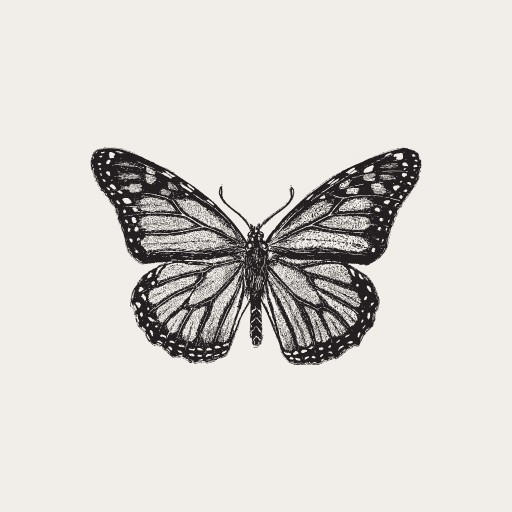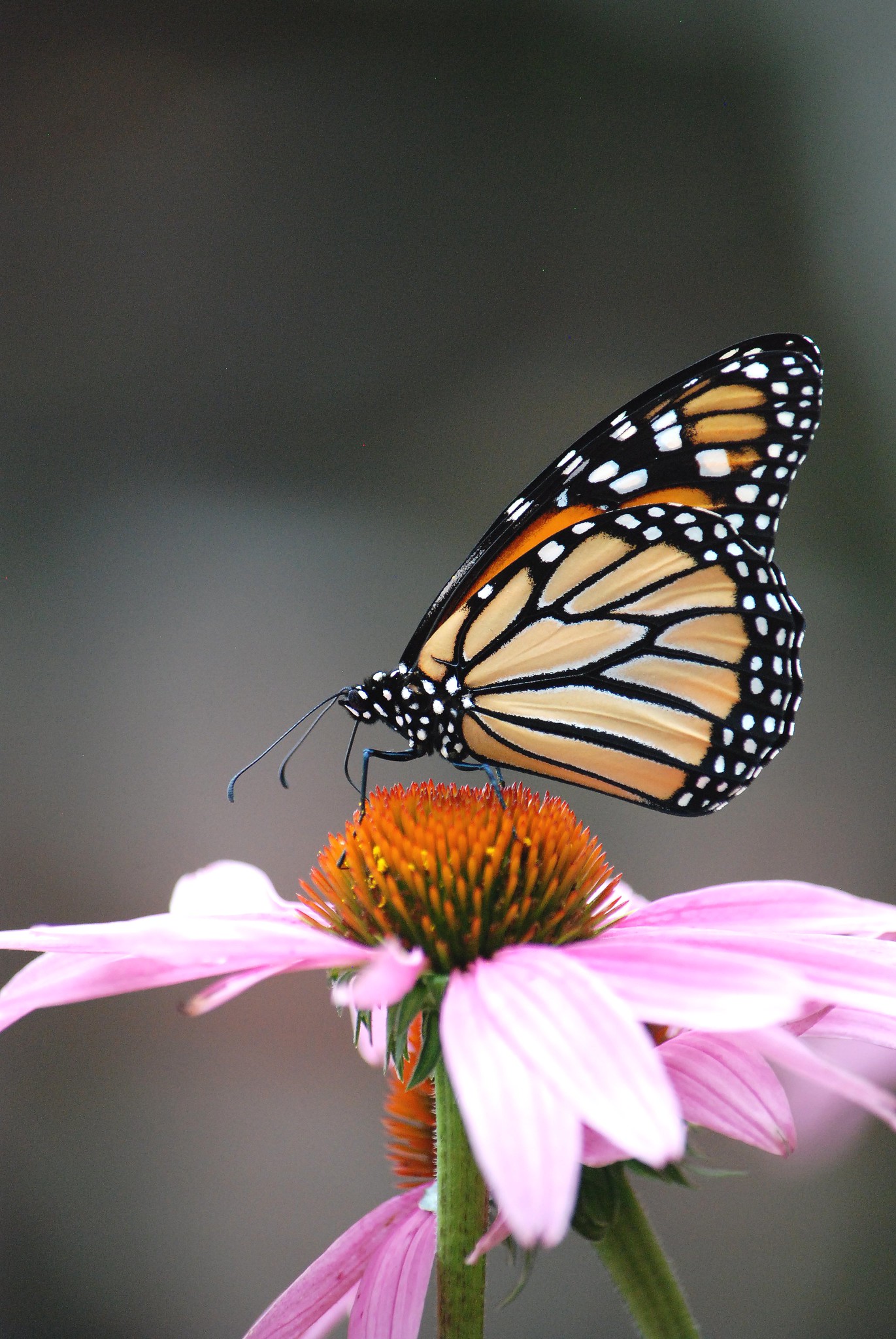Discover the Benefits of Planting Native Species and How They Can Support Local Wildlife in Your Backyard
Creating a sanctuary in your backyard for local wildlife might be simpler than you think. By choosing native plants, you can offer a vibrant space that supports local ecosystems, promotes biodiversity, and helps restore habitats for birds, bees, butterflies, and other wildlife. Whether you have a small patch of land or a large yard, transforming your space into a wildlife-friendly haven is both a fulfilling and essential way to contribute to conservation efforts.
Let’s explore how native plants can benefit your backyard sanctuary and how to start designing your own wildlife-friendly garden.
What are Native Plants and Why Are They Essential for Wildlife?
Native plants are species that have naturally occurred and evolved in a specific region over a long period. They have adapted to the local climate, soil, and ecosystem, making them ideally suited for supporting the wildlife in that area. These plants play a critical role in maintaining the health of local ecosystems by providing food, shelter, and nesting spots for various species, including pollinators, birds, and mammals.
When you plant native species in your yard, you help provide the resources that local wildlife depend on, especially in times when their natural habitats are shrinking due to urbanization and development. Native plants are the foundation of biodiversity because they are the food source and shelter for insects, which are the base of the food chain. Birds, bats, and other wildlife rely on these insects for nourishment, making native plants essential for sustaining healthy ecosystems.
Step-by-Step Guide to Creating Your Backyard Wildlife Sanctuary with Native Plants
1. Assess Your Space
Before planting, take a moment to assess your yard. What is the soil like? Is it sandy, clay-heavy, or loamy? Do you have areas with full sun, partial shade, or deep shade? Understanding your yard’s unique conditions is crucial to choosing the best native plants that will thrive in your space.
Consider the microclimates within your yard too. For example, areas that are consistently wet may be suitable for water-loving plants, while drier parts of the yard may need drought-tolerant species. The more specific you can be about your yard’s needs, the better the plants will flourish.
2. Choose the Right Native Plants for Your Area
Each region has its own unique set of native plants that are suited to local wildlife. Research the species native to your region, and choose those that are not only beautiful but also beneficial to local wildlife. Select a range of plants that cater to different wildlife needs, such as nectar-rich flowers for pollinators, berry-producing shrubs for birds, and tall grasses for insects.
Be sure to choose plants that are well adapted to your local climate, whether it’s hot and dry, cool and wet, or somewhere in between. Local botanical gardens, nurseries, and online resources can help guide you in selecting the right native species for your area.
3. Plant for All Seasons
When designing your backyard sanctuary, it’s important to think beyond just a beautiful garden. Native plants that bloom in different seasons provide wildlife with a steady food supply year-round. For example, early spring flowers like bloodroot (Sanguinaria canadensis) or spring beauty (Claytonia virginica) provide much-needed nectar for bees, while late-summer blooms like coneflowers feed butterflies and hummingbirds.
By incorporating plants that offer both seasonal color and consistent nourishment, you’ll ensure your garden is an ongoing resource for wildlife. Consider layering plants that bloom at different times, so there’s always something in flower for pollinators.
4. Consider Layering Your Plants
In nature, plant communities grow in layers, and this can be mirrored in your garden for maximum wildlife benefit. Start with a mix of low-growing ground covers, such as native wildflowers or grasses, followed by mid-height shrubs that attract birds and insects, and finally, larger trees or tall shrubs that provide shelter and nesting spots for birds.
By mimicking the natural layers of a forest or meadow, you create a diverse and dynamic environment that offers a variety of habitats. These layered spaces provide different microhabitats for different species, from insects in the ground layer to birds in the taller trees.
How Adding Water Sources Enhances Your Backyard Wildlife Sanctuary
Water is just as important as plants in creating a wildlife-friendly environment. Adding a small water feature, like a birdbath or pond, attracts not only birds but also insects, amphibians, and even small mammals. Water provides a critical resource for wildlife, especially during hot summer months when natural water sources may be scarce.
If you have the space, consider creating a small pond or a shallow dish of water. Water features don’t have to be large or complex—small additions, like a shallow birdbath, can make a significant impact.
Maintaining Your Native Garden for Long-Term Wildlife Support
Once your native garden is established, it’s important to maintain it in ways that continue to support wildlife. First and foremost, avoid using pesticides and chemical fertilizers, as they can harm pollinators and other beneficial insects. Instead, embrace organic gardening practices, such as composting and using natural fertilizers.
In addition, allow parts of your garden to remain “untidy.” Piles of leaves or twigs, dead flower stems, and patches of unmowed grass provide natural shelter for insects and small creatures. Over time, your garden will evolve, and the natural processes will help it thrive without much intervention.
Why It’s Worth the Effort: The Impact of Your Sanctuary on Local Wildlife
By creating a backyard sanctuary, you’re playing an important role in the conservation of local ecosystems. Even a small yard can contribute to the overall health of the environment by providing vital resources for pollinators, birds, and other wildlife. The benefits of planting native species extend beyond your backyard and contribute to the larger goal of ecological restoration and biodiversity preservation.
While it may feel like a small gesture, your efforts add up—one yard at a time, we can create a network of safe spaces for wildlife. Through these small, yet meaningful actions, we have the power to restore harmony between nature and the communities we live in.
The Beauty of Creating a Sanctuary for Wildlife in Your Own Backyard
As I stand in my garden, watching bees and butterflies flutter among the wildflowers, I am reminded of how even small spaces can make a big difference. Creating a backyard sanctuary isn’t just about planting a few flowers; it’s about forming a connection with the world around us. When we choose native plants, we’re choosing to support the intricate web of life that depends on them. We’re helping to bring back species that are struggling, we’re providing food for pollinators, and we’re creating a space where wildlife can thrive. This work may seem small at times, but in the grand scheme, every little effort matters. Together, we can create a healthier, more vibrant world for all living creatures. And it starts with something as simple as the plants in our own yards.

